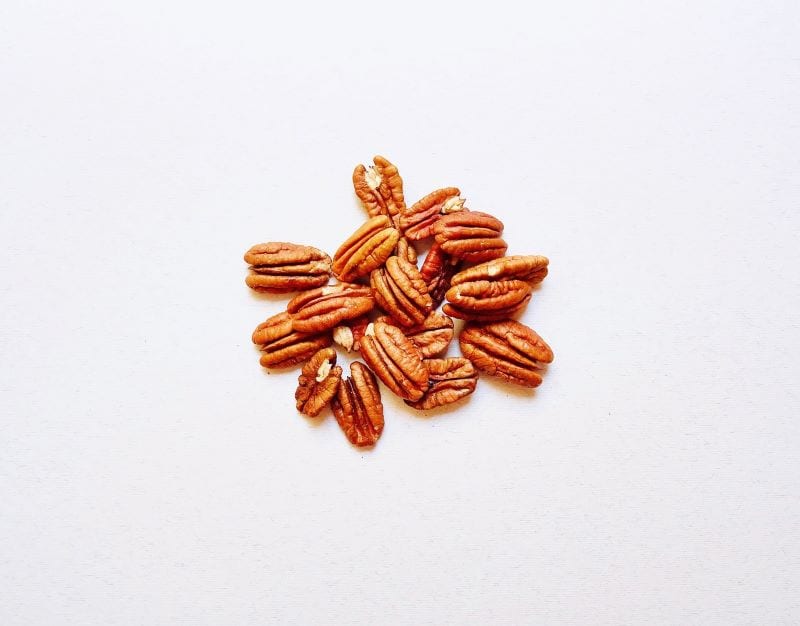Here Is How You Can Graft and Grow a Pecan Tree
Pecan seeds can be unreliable. The seeds that fall from a particular tree might not produce a new plant that is exactly the same as the tree from which it came. The need for specific varieties of pecan trees has led to different techniques to ensure a tree is going to be what is needed.
This is where grafting comes in. This is a technique pecan farmers use to be sure they are growing the tree they intend to grow to provide the best Pecan Trees for Sale. After all, it can take a long time for a tree to grow from a seed to the point where the particular variety can be inferred.
What Is Grafting?
Pecan trees are grafted in order to grow the desired variety of pecan tree. This is a very interesting process where two separate trees are essentially joined together. A lower section of one tree is joined together with the upper part of another tree.
The lower section is called the rootstock and it is chosen for the ability to grow healthy and strong roots.
The upper section is called the scion. It is chosen for the leaves and fruits that will grow when it is mature. These factors are the intended goal of the grafted tree. The scion is what will give the pecan farmers the product they are looking to achieve.
Why Do You Graft Pecan Trees?
Pecan trees are very particular. There are numerous varieties of pecan trees and their pollination schedules need to be specifically timed out with correlating varieties. A Pecan Tree Nursery understands not all pecan trees will be able to pollinate each other. That is why Proper pollination, as with many plants, is very essential to proper production of nuts and the health of the tree.
In fact, there are two general types of Pecan Trees Georgia. The difference between Georgia Pecan Trees is related to their pollination cycle. Each type has a male section (catkins) and female section (nut clusters).
Type one releases their pollen from the catkins before their nut clusters become receptive.
Type two becomes receptive before the catkins release their pollen.
And the best way to ensure your trees become pollinated is to have trees of both types near each other. So it’s very important to know which variety of pecan tree you purchased from a pecan tree nursery and planted, otherwise you risk missing the opportunity for pollination.
Another reason you want to know what type of trees you bought and planted is because of the differences between output. Different varieties produce nuts at different times of the year. There are also differences between the size and quality of the nuts produced by the varieties. And if you have specific wants and needs from your pecan tree, accuracy in recognizing the variety is essential.
Grafting a Pecan Tree Georgia is a handy way to know you are getting the variety you want. However, Pecan Trees For Sale from a reliable and helpful Pecan Tree Nursery is another way to ensure the type of tree you are looking to grow. Visit Georgia Pecan Nursery to get a pecan tree of your own!
The Process of Grafting a Pecan Tree
There are a few different methods to grafting a pecan tree. The size of the rootstock and scion are going to dictate the method used.
Bark Grafting
This is the preferred method when the rootstock is too large in relation to the scion for the other methods of grafting.
The rootstock is cut off cleanly and a small section of the bark is shaved away. The smaller scion piece is cut diagonally. The sharp scion piece is slid between the bark of the rootstock and the wood in the center. The scion is hammered into the rootstock and wrapped to protect the connection from the elements.
Banana Grafting
This is also known as “four flap grafting” and is one of the easiest methods of grafting. This is used when the rootstock and the scion are similar sizes. Ideally, they’ll be around one inch in diameter, although the scion can be slightly larger than the rootstock.
Start by making a cut across the rootstock. Clear any surrounding branches. Put a rubber band over the top of the rootstock and slide it down a little. You’ll need this later. Cut an X on the top of the rootstock. Then peel the bark down in four strips so they hang off the side. This resembles an open banana peel, which is where the name comes from. Cut out the stripped wood piece in the middle.
Then take the scion and strip the bark off of the end. Make sure the length of the bark flaps on the rootstock and exposed section on the scion are similar. Place the scion onto the rootstock with the exposed section down. Roll up the rubber band so the bark from the rootstock covers the exposed section of the scion.
Wrap the grafted section in a cloth-like fabric and seal it with a piece of tape. This keeps the graft from drying out. You should start to see growth in 10-14 days.
Home grafting may take some trial and error to get right, but it’s a rewarding pursuit and an excellent way to help preserve the different nut varieties.
Contact Georgia Pecan Nursery today for the best Barefoot Pecan Trees For Sale!

